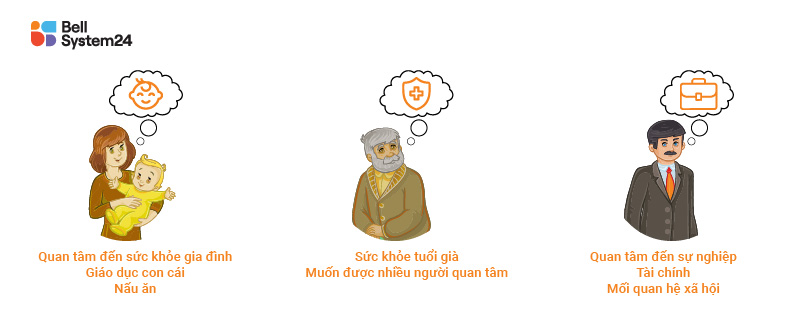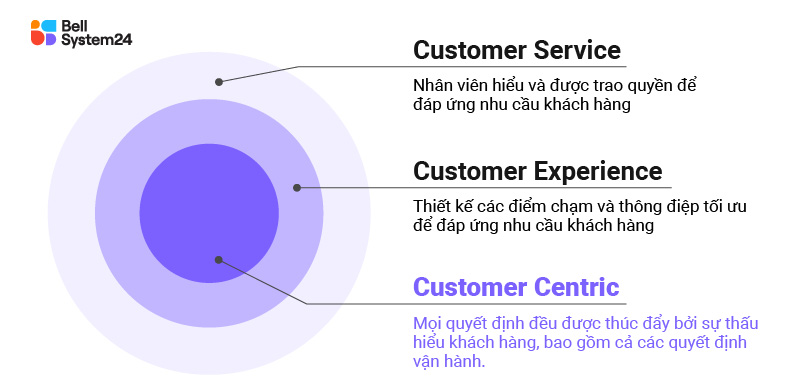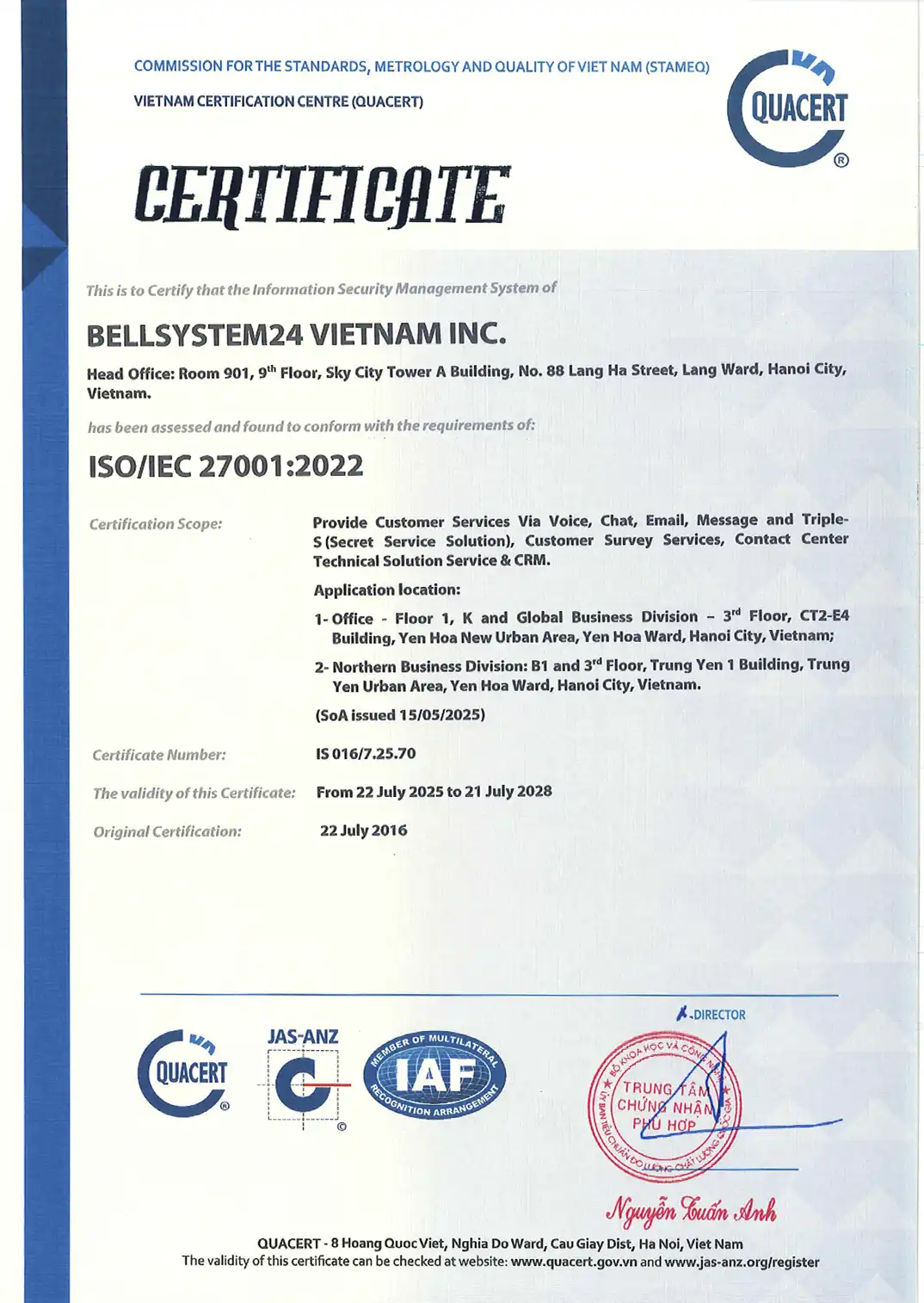In the customer-centric era, understanding customers is no longer an advantage—it's a matter of survival. When businesses can put themselves in their customers' shoes, they can truly deliver valuable experiences. That's why the Empathy Map has become a powerful tool for businesses to delve into customer psychology and optimize customer service (Customer Service) and improve retention rates.
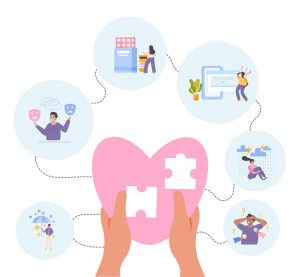
What is an empathy map?
An Empathy Map is a visual tool that helps businesses understand their customers' thoughts, feelings, behaviors, and needs. Developed by Dave Gray, this model helps customer service, marketing, and sales teams gain a deep understanding of customers from an emotional perspective, rather than relying solely on raw data.
6 Elements of an Empathy Map
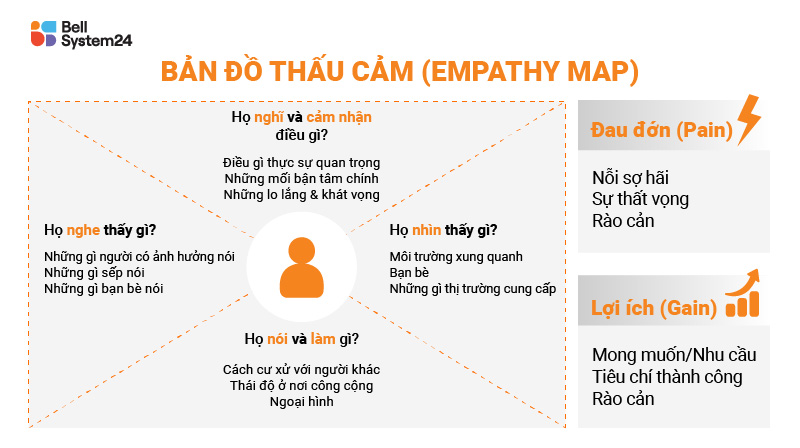
By delving into the emotions, thoughts, behaviors, and needs of customers, businesses need to understand the following six factors when building an empathy map.
1. WHAT DO CUSTOMERS THINK & FEEL? (THINK & FEEL)
Reflects customers' emotions and inner thoughts about products, brands, or their experiences. It helps businesses understand the real motivations behind purchasing behavior or service abandonment.
Real-world example
A customer buying high-end cosmetics might think:
- "Is this product really worth it?"
- "I've tried many other products but haven't seen any results. Will this time be different?"
- "I like this brand because it's associated with an image of luxury."
2. WHAT DO CUSTOMERS HEAR? (HEAR)
Identify the sources of information that customers regularly receive and are influenced by. This helps businesses determine important communication channels and how to build effective messages.
Real-world example
A customer may be affected by:
- Reviews by celebrities (KOLs, Influencers).
- Advice from friends and family.
- Comments from the community on forums and social media.
- Email, advertising from the brand itself.
3. WHAT DO CUSTOMERS SEE? (SEE)
Describe what customers encounter daily in their environment, including visual content, advertisements, and competitors' products.
Real-world example
- When browsing social media, customers see advertisements from competitors with attractive offers.
- They read reviews about the brand on blogs or Facebook groups.
- They saw the product being sold at the store, along with a promotional offer.
4. WHAT DO CUSTOMERS SAY & DO?
Demonstrate customers' actual actions and words, helping businesses predict behavioral trends and adjust their interaction strategies.
Real-world example
- On social media: "I'm considering buying this product, but I'm not sure if it's worth the money."
- Ask a question in the group: "Has anyone used this product? How is the quality?"
- Leave feedback: "The delivery service is too slow, I won't buy again!"
5. PAIN POINTS
Pain points are issues that cause discomfort, anxiety, or dissatisfaction for customers. Understanding them helps businesses remove barriers to purchase and improve service quality.
Real-world example
- "The price is too high, but I'm not sure if it's worth it."
- Customer service responds slowly and does not provide timely support.
- "The product is difficult to use and lacks detailed instructions."
6. GOALS & NEEDS
Objectives represent what customers truly want to achieve when using a product or service. In addition to common objectives, businesses also need to explore additional underlying objectives that provide insight in order to meet customer needs and differentiate themselves from competitors.
Real-world example
- "I want to find a product that brightens my skin but is also environmentally friendly."
- "I need prompt customer service, not a long wait."
- "I want a hassle-free shopping experience."
Empathy map template
Example: Customers of a premium skincare service

HOW TO USE THE EMPATHY MAP
After creating a map based on the example above, businesses can optimize:
- Marketing strategy → Focus on reviews from influencers and testimonials from customers.
- Customer service → Provide free dermatological consultation and after-sales care.
- Product experience → Refund policy if unsatisfactory, trial package.
BUILDING AN EMPATHY MAP
Below are the detailed steps for creating an empathy map, applicable to all business areas.
STEP 1: IDENTIFY THE TARGET CUSTOMER
Before creating an empathy map, businesses need to clearly define the target customer profile they want to analyze. If a business has multiple customer groups (e.g., new customers, loyal customers, potential customers), create separate empathy maps for each group to develop more effective customer service strategies.
Questions to be answered:
- Who are your customers? (Businesses or individuals?)
- What are the common characteristics of this customer group? (Age, income, geographic location, occupation, interests, etc.)
- Which of your products/services are they using?
- What problems are they facing that your business can solve?
How to do it:
- Classify customers based on sales data, surveys, and feedback from customer service.
- Create personas (customer profiles) with assumed names, images, and biographies.
STEP 2: COLLECT CUSTOMER DATA
For empathy maps to be truly valuable, businesses need to rely on data rather than guesswork.
Data collection source:
- Customer surveys & interviews (Google Forms, Typeform, phone, etc.)
- Analyze data from CRM, Google Analytics, and Facebook Insights
- Observe customer behavior on the website and in physical stores
- Listen to feedback from customer service, sales, and support departments
- Market research, competitors
Note:
- Qualitative data (emotions, thoughts) → Obtained from interviews and customer feedback.
- Quantitative data (purchasing behavior, interactions) → Taken from the analysis report.
STEP 3: FINISH EACH PART OF THE EMPATHY MAP
Based on the collected data, complete each section of the empathy map.
- WHAT DO CUSTOMERS THINK & FEEL? (THINK & FEEL)
- WHAT DO CUSTOMERS HEAR? (HEAR)
- WHAT DO CUSTOMERS SEE? (SEE)
- WHAT DO CUSTOMERS SAY & DO?
- PAIN POINTS
- GOALS & NEEDS
STEP 4: ANALYSIS & APPLICATION OF THE EMPATHY MAP
After completing the empathy map, the company can:
- Adjust marketing strategies to meet customer expectations.
- Improve the customer experience and address pain points.
- Optimize products/services based on actual needs.
Step 5. Continuously update and optimize the map
The market and customer behavior are constantly changing, so the empathy map is not a fixed document. Please:
- Regular updates (every 3-6 months) based on new feedback from customers.
- Effectiveness check: Do the changes help the business increase sales and retain customers better?
- Combined with other tools such as Customer Journey Map (customer journey map) for a more comprehensive perspective.
An empathy map is not only a tool for understanding customers, but also a foundation for optimizing customer service. reduce the churn rate and enhance the experience. The more a business understands its customers, the more competitive advantage it gains. Therefore, don't just rely on data—truly empathize with your customers to retain them for the long term.
BELLSYSTEM24 VIETNAM
THE #1 CONTACT CENTER & BPO COMPANY IN VIETNAM



